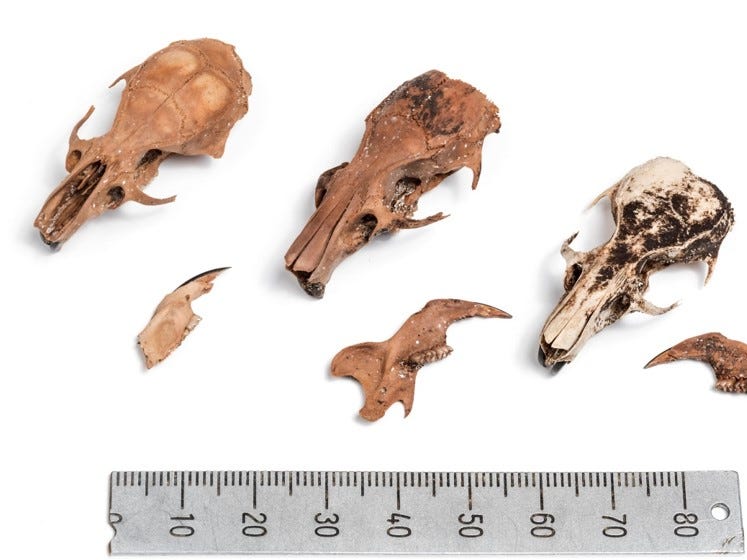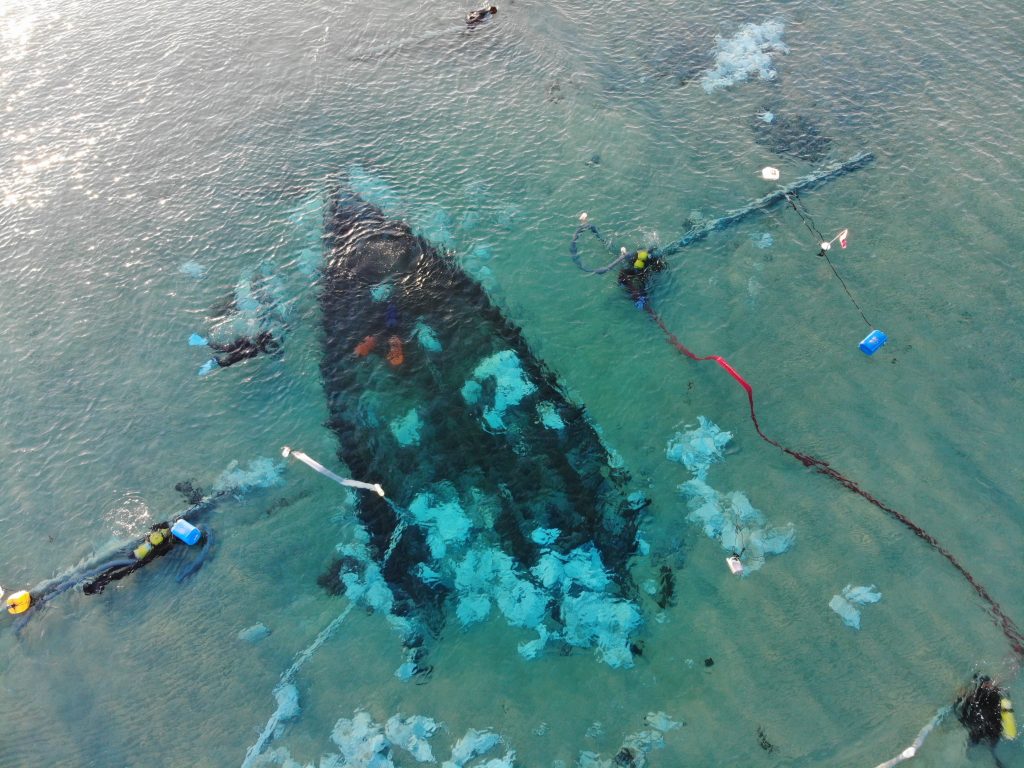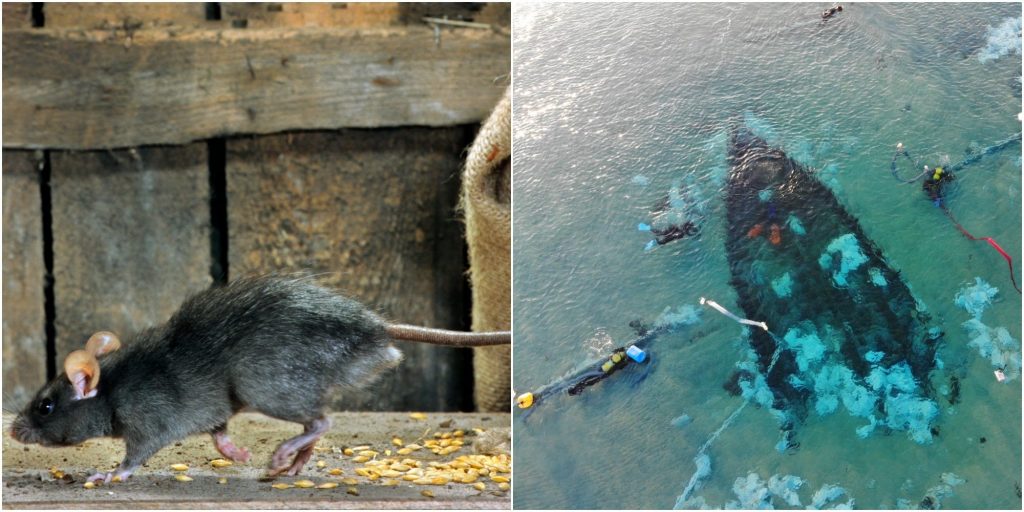- Scientists from the University of Haifa, Israel, have been studying the wreck of the Ma'agan Mikhael B ship.
- Bodies of dead rats aboard the ship have given researchers clues as to where the ship came from.
- Carvings on the ship also show who may have worked aboard over 1,400 years ago.
Rat skeletons found on the ancient wreck of a cargo ship that sunk off the coast of Israel are providing valuable new historical insights, according to researchers from the University of Haifa.
Skeletons of dead rats on the ship labeled the Ma'gan Mikhael B, dated to between 648 and 740 C.E., have helped the team learn more about the life of the vessel that once sailed the Mediterranean.
Speaking to Insider, Sierra Harding, a zooarchaeologist on the project, said the remains are the oldest and only direct evidence of a ship rat infestation on an ancient shipwreck in the Mediterranean.

She explained some of the remains are of black rats, a species that traveled with traders to the Middle East from South Asia and India more than 2,000 years ago.
However, using dental morphology, they discovered that other rats were "exotic to the area." Preliminary findings show that they could have originated from Tunisia or Corsica in the central Mediterranean.
"If it's confirmed that some of these rats were actually from as far away as the central Mediterranean islands –what this really means is that there was a lot more communication, shipping, exchange, and trade happening during this period that is primarily depicted as just army and naval battles," she said.
Clues to the ship's diverse crew
An impressive array of preserved artifacts discovered on the sunken ship has helped fill in the picture of life aboard the ancient trading vessel.
A 2020 preliminary report from the University of Haifa team found "the largest maritime cargo assemblage of Byzantine and Early Islamic ceramics discovered along the Israeli coast to date." It revealed the 82-foot-long vessel had a cargo of walnuts from Turkey and sauce made from fish from the Sea of Galilee.
The study also provides clues to the ship's diverse crew, with Christian crosses, Muslim blessings (for example, the word "Bismillah," meaning in the name of God), and Greek and Arabic letters carved into the walls, Harding told Insider.
No human remains have been found aboard the wreck, indicating the crew made it ashore when the ship ran aground a short distance from the coast.

When the ship sunk off the coast of Israel, it was immediately covered with up to seven feet of sand, helping to preserve its secrets, said Harding.
The study is being led by an international team of researchers, including Harding, Dr. Ardern Hulme-Beaman from the University of Liverpool, Dr. Nimrod Marom from the University of Haifa, and Professor Deborah Cvikel from the University of Haifa is the Principal Investigator on the study.
Dit artikel is oorspronkelijk verschenen op z24.nl
